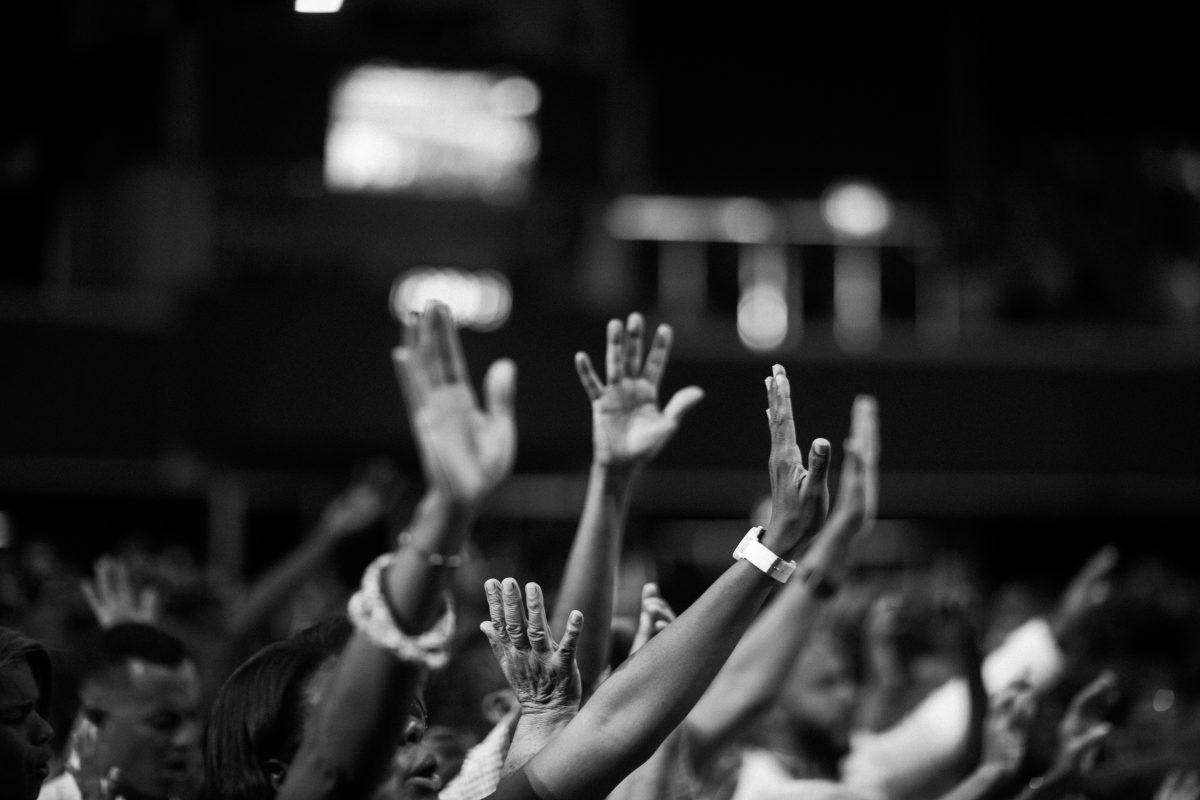By Connor Davenport | The Broadside (Contact: [email protected])
On a daily occurrence, cable news streamlines bold words across the bottom of the screen in the mid-afternoon, touting phrases that signal that the world is ending.
More presumably, terrorism is back again and there’s nothing stopping it. The most recent attack? One in New York by a man and a truck, killing eight people.
Despite the fact that lung cancer that day in the United States statistically killed more people in one hour after the attack occurred, our reactions to the event provided ammunition towards the perpetual fear of terrorism.
This even gave President Donald Trump a pedestal to make ISIS “pay a big price” after the attack, an act of words more progressive than any attempt for change regarding mass shootings after over 500 people in Las Vegas were injured or killed just weeks before.
In no way does this mean that each event is more or less horrid than the other, but why do we choose to capitalize our fear of terrorism when death by a terrorist attack is statistically more rare than death by our own clothes?
Despite our exhaustive efforts to combat these alarming events, our reaction to fear itself is ultimately why these anomaly nightmares appear more rampant than they actually are. Our misconception behind the actual probability of fear can be examined by analyzing our innate reactions to horror and why we perceive the odds to be bigger than they really are.
In the months following the attacks of 9/11, a dramatic change came in how we perceive our world. The crashing of the twin towers was plastered on every piece of media imaginable. Words of doom by terror were on the tongues of millions of Americans everyday.
After almost 3,000 people died from that attack, no longer did anyone feel secure once we saw the devastation that terrorism can supply.
During the same year, we answered our deprivation of security with changes in the way we lived. One of these changes came the temporary shortfall of the airline industry.
The following year, airlines experienced anywhere from a 12 percent to 20 percent decrease in passenger miles.
Although this hindered the ability for airlines to fill their planes to capacity, this didn’t stop Americans from traveling long distances.
Due to the extreme security and lack of airline usage, an estimated 1,600 extra Americans had died in car accidents in the year following the attack, which was only about four percent of the over 42,000 total who died by car that same year.
To put it into perspective, the odds of dying from terrorist attacks are below 1 in 20 million, meaning you are more likely to die by an asteroid.
While the 9/11 attacks brought forward one of the deadliest and most tragic terror attacks in American history, our widespread fear of terror should hold no rationale when we put it up against the tens of thousands who die annually because of car accidents.
Our fear holds no physical boundaries for exclusivity between tragedies, so why do we choose our fear so selectively? It’s all about the psychology of the brain.
Psychologists Amos Tversky and Daniel Kahneman uncovered the methods behind why we choose to be scared about some statistics more than others, known as the availability heuristic.
The paper they wrote in 1973 underlines the evaluation humans undergo when thinking of probability, a process that complements the inability for us as humans to comprehend massive numbers.
“In general, availability is correlated with ecological frequency…Consequently, the reliance on the availability heuristic leads to systematic biases.” Kahneman wrote.
Scholars align this finding of why we wrongfully guess probability with how we surround ourselves with media. The more frequent we view an event, like what we see daily on television, the more abundant we perceive it around us.
This is an appropriate explanation as to why we fear rare mass casualty events. Our view of violence is fueled by how much we watch it through news, video games and movies.
The more we view an event happen, the more we believe it to be abundant.
Statistically speaking, our fear for events like terrorism should spread outwards to much heavier burdens, such as the fear of losing a loved one to suicide. Every day around 121 Americans take their own life, Or even the fear of losing a close friend to an opioid overdose, which houses more than 30,000 deaths annually in the United States.
Through everything we experience, our probability of fear is much more irrational than we believe it to be.
Indeed, our incapacity to control the unpredictable is scary, and it deserves fear, it’s in our human nature to try and control everything. But at what point do we need to begin to rationalize our fear in order to properly handle the events we’re so scared of?
While fear isn’t held exclusive to just one event like terrorism, maybe we should stop making extreme policies in efforts to combat something so rare until we can start putting in the same effort towards policies that ensure our favorite sweater doesn’t kill us first. ■








